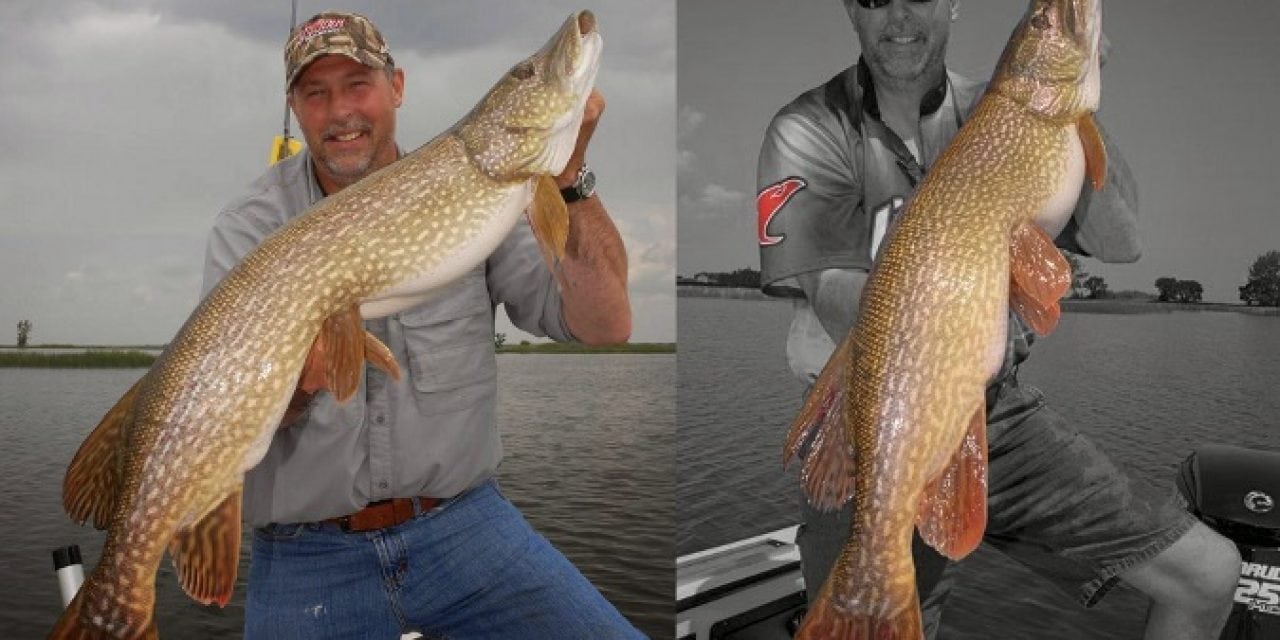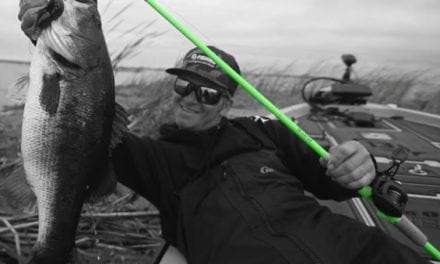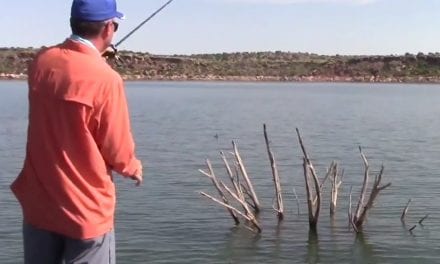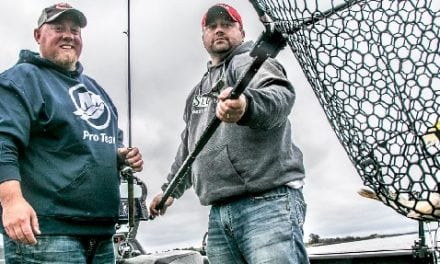Name a fish species that grows big, is exceptionally powerful, has an aggressive nature and is abundant throughout their natural range. The answer is the northern pike and while these fish have all these attributes and more, many anglers turn a blind eye towards the species. Not many anglers seem to recognize the value of pike, the stubborn fight these fish provide or the mild flavor of their firm and flaky flesh.
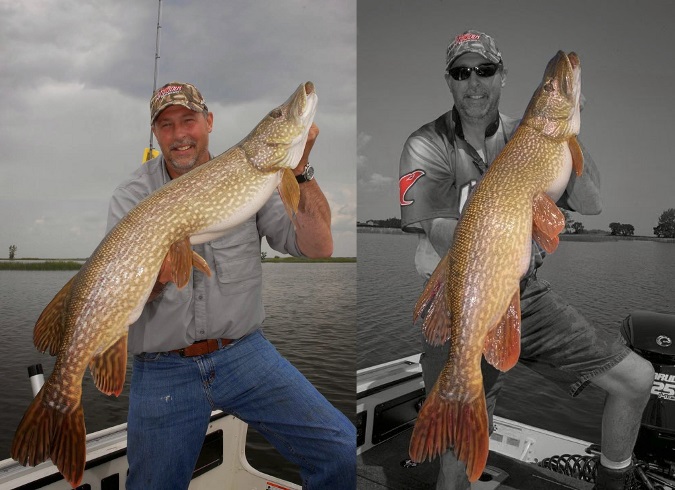
For those who do appreciate the pike, there are almost no limits to the places they can be fished or the recreational value this species provides. Found all across the Midwest, the Upper Great Lakes and in Canada, pike are out there just waiting to be appreciated.
PIKE THE ANIMAL
No matter if pike are caught intentionally or by accident, it’s safe to say that these toothy creatures are a misunderstood fish. Pike spawn so early in the spring there is often still snow and ice on the ground. This species spawns in the marshy headwaters of streams, rivers and in the backwaters of marshy bays and coves. Prime spawning areas have plenty of cattail, bulrush and other aquatic plants to provide protection for the eggs and the young fish as they hatch. No parental care is given to the eggs or newly hatched fish.
The pursuit of food becomes the primary concern of northern pike once the spawning ritual is complete. Often walleye, suckers and perch in route to their own spawning haunts run head long into northerns bent on filling their guts.
Pike are in part a misunderstood species because most anglers rarely encounter adult fish. Instead these anglers run head long into young and often aggressive pike that are typically found near weed beds, shorelines with plenty of fallen trees, marshy edges, patches of bulrush, rocky points and boulder strewn shorelines. Adult pike only inhabit and feed in these shallow water haunts for a brief time immediately following spawning. As soon as the water temperatures creep up above 60 degrees, adult fish favor hunting grounds that feature a well stocked food pantry located in deeper and cooler water.
The types of food available in any given water plays a major role in where adult pike will be found. Lakes that have lots of crayfish will find northern pike foraging near rocky shorelines that taper into deep water, around the tip of long points, submerged rock islands, piers and sea walls made of rock.
If there are lots of smelt, alewives, ciscoes, shad or emerald shiners in a particular lake, these baitfish tend to suspend in the water column and so will pike. Trolling in open water is one of the most overlooked opportunities for targeting adult pike.
Waters that have perch or walleye living along defined weed beds will also attract adult pike. Emerging weeds growing on 8-10 foot flats are also great places to look for pike while the water temperature is cool. Even better, weed edges that taper into deep water represent the kinds of places that adult pike hang out from spring into the summer months.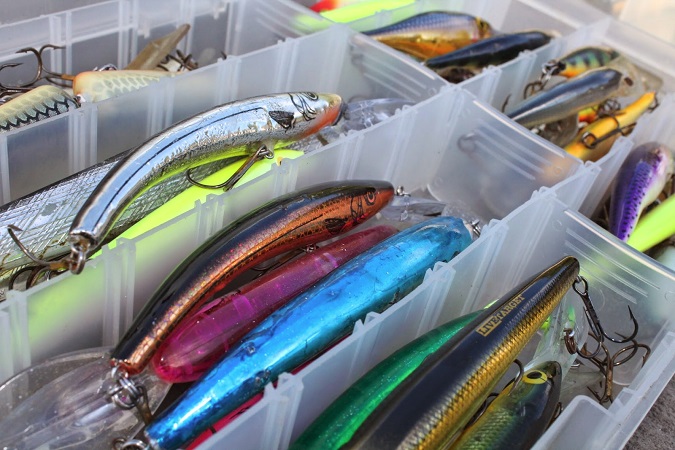
WHY TROLLING?
Adult pike are like walleye in that they are seemingly always on the move in search of forage. Also like walleye, pike can be found anywhere in the water column from near the surface to tight to bottom. Because you never know exactly where pike will turn up, trolling becomes a highly productive means of searching the water column for active fish.
It’s important to approach the subject of trolling with an eye towards covering both the vertical water column and also using planer boards to gain more horizontal coverage. Using boards converts ordinary power trolling tactics into a deadly one/two punch that literally saturates the water column with lures.
A WORD ON BOARDS
In-line boards like the popular Off Shore Tackle OR12 Side-Planer are ideal for most pike trolling situations. Inexpensive and easy to fish, simply let out a favorite lure behind the boat and then attach the board directly to the fishing line via the pinch pad style line releases that come standard on the OR12. When a fish is hooked, the planer board will respond by dragging backwards in the water as the fish struggles to escape. The board and fish are reeled in together. When the board comes within reach of the boat, it is quickly removed from the line and the fight continued.
In-line boards cost around $30.00 each. An investment of $120.00 and four boards is an ideal starting point for anyone interested in getting involved with in-line board trolling.
CRANKBAITING PIKE
Crankbaits are prime pike trolling lures for several reasons. Most importantly, these lures look like the things pike feed on most often. Secondly, crankbaits can be used to fish a multitude of depths. Thirdly, crankbaits can be fished at a wide variety of speeds, making them among the most versatile of all trolling lures.
Just about any crankbait will catch pike, but the best models tend to feature long slender body profiles. An assortment of both shallow and deep diving models makes it possible to cover the vertical water column effectively.
In the shallow diving category some top baits include the Reef Runner Ripstick, Rapala Husky Jerk, Storm ThunderStick, Smithwick Rattlin’ Rogue, Yo-Zuri Crystal Minnow and Bomber Long A. A few deep diving minnow baits including the Rapala Deep Husky Jerk, Storm Deep Jr. ThunderStick, Reef Runner Deep Little Ripper, Reef Runner 800 series, Bomber 24 A, Yo-Zuri Deep Diving Crystal Minnow and the Rebel Spoonbill..
LEADERS AND LINES
When trolling crankbaits for pike, a steel leader should not be used. Metal leaders tend to rob crankbaits of their action. Because the lures are moving when the fish strikes, crankbaits rarely end up deep inside the pike’s mouth. Bite offs when pike trolling are not usually a problem. Simply attach the crankbait to the line using a round snap and check the line often to guard against nicks or abrasions that could cause the line to fail.
Quality monofilament lines ranging in size from 12-17 pound test are ideal for pike trolling. Line diameter is a handy tool for controlling the running depth of crankbaits. Use the thinner diameter lines when it’s necessary to get crankbaits deep and the larger diameter lines when fishing around cover or to minimize diving depth.
CONSERVATION
Big pike are tough to come by in all but the most remote waters. In the same token, lots of lakes have too many small northern pike. In many states and also across Canada special harvest restrictions are becoming common aimed at solving both these pike fishing problems. In lakes that have too many small northerns, special “no size limit” management efforts are used to remove abundant numbers of small fish.
In other lakes the harvest of adult fish is closely regulated through “slot limits” to allow these fish the time they need to grow to adult size. These special harvest and management rules are essential in maintaining and improving pike fishing for future generations.
While pike appear tough, these fish are exceptionally delicate and require careful handling. For fish that are to be released it’s best to leave the fish in the water and use a needle nose pliers to pop the hook free.
If a fish must be netted, put the fish into an aerated livewell for a few minutes to allow the fish to recover completely before releasing the fish.
The post Power Trolling for Pike appeared first on ODU Magazine-North America’s #1 Digital Fishing Magazine.

